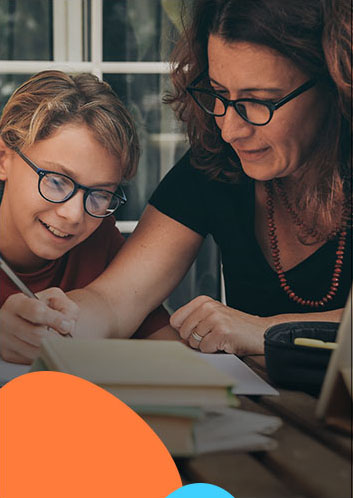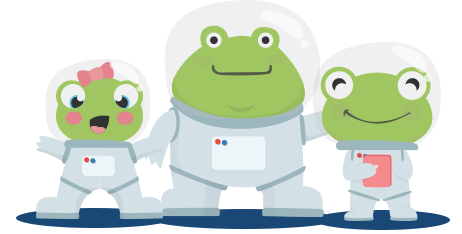Year 5 Printable Worksheets
Year 5 is the third year of Key Stage 2. Your child will be encouraged to grow and become more independent. Teachers will continually assess your child this year to ensure they are at the expected levels in English and mathematics. Our fun activities will help your child to convert fractions to decimals, identify multiples and factors, and improve your child's grammar skills.
WORKSHEET PLANS FROM £3.20/MONTH


















































































































